Have you ever wondered where discarded tires end up? Are they buried or incinerated? Actually, they may be “reborn” in another form! Today, let’s talk about the environmental technology and circular economy behind tire shredding.
Why Shred Tires?
Shocking data on black pollution
- Annual global tire waste: 1.5 billion tires
- Annual production in China: 330 million tires (approximately 15 million tons)
- Natural degradation time: Over 100 years
- Hazards of open-air storage: Prone to spontaneous combustion, breeding mosquitoes, and polluting the soil
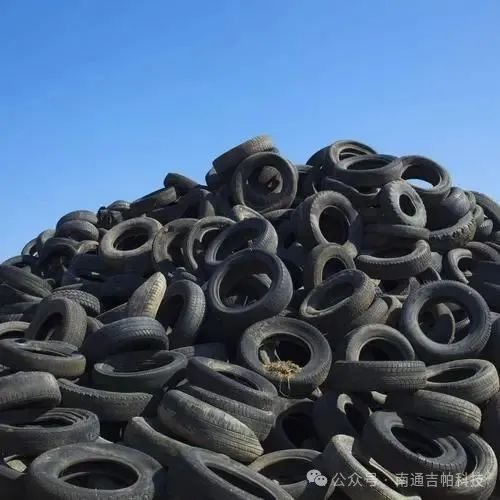
Every year, approximately 1 billion used tires are generated worldwide. If left to pile up, they not only take up land but can also cause fires or become breeding grounds for mosquitoes. However, the materials used in tires (rubber, steel wire, and fiber) are actually very valuable. Through shredding, they can be efficiently recycled and reused.
The Amazing Tire Shredding Production Line
1. Coarse Shredding
The giant dual-shaft shredder makes a “crackling” sound, instantly reducing tires into rubber chunks measuring 50-100mm.
2. Steel Wire Separation
The powerful magnetic separator “steps in like a magnet,” extracting all steel wires. (These wires can be recycled and re-melted to produce new steel.)
3. Fine Grinding
The rubber blocks enter the vortex grinding mill and are ultimately ground into fine rubber powder measuring 0.5-4mm.
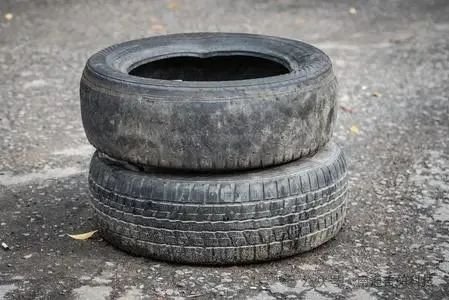
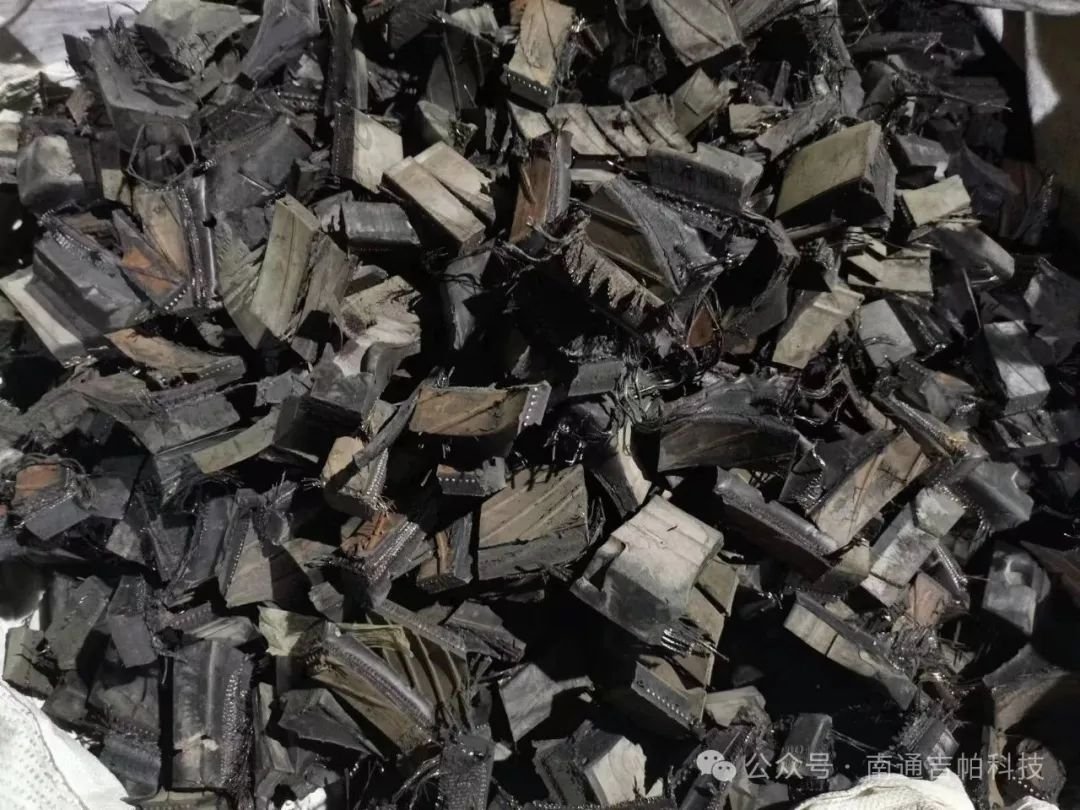
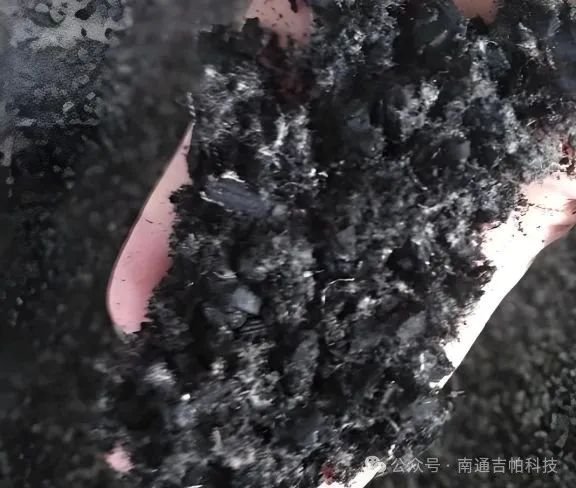
What Can Shredded Tires Be Turned Into?
- Rubber particles: plastic running tracks, sports field padding, soundproofing materials
- Rubber powder: asphalt modification (more wear-resistant roads), recycled rubber products
- Steel wire: metallurgical raw materials or metal products
- Thermal energy utilization: some tire fragments can be used as alternative fuel in cement factories


Environmental Significance: From “Black Pollution” to Green Resources
In traditional disposal methods, burning tires produces toxic gases, while landfilling requires hundreds of years for decomposition. Through shredding and recycling:
- Reduce pollution: Avoid harm to soil and air.
- Resource recycling: Rubber recovery rates can exceed 80%.
- Energy saving and carbon reduction: Regenerated rubber saves 60% more energy than virgin rubber production.
Fun Fact: Your Old Tires May Be “Hiding” Nearby.
The track where you run every day may be paved with tire granules, and the asphalt on the road outside your door may contain tire powder. Even the soles of some fashion brands’ shoes use recycled rubber!
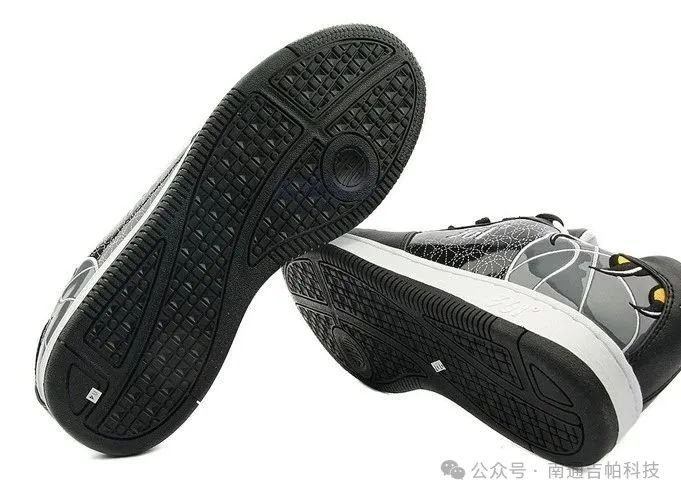
From the headache-inducing “black pollution” to the highly sought-after “recyclable resources,” the transformation of used tires demonstrates that true environmental protection lies in eliminating waste through design. Environmental protection is no small matter—let’s begin with the recycling journey of a single tire and work together to build a sustainable future!
To achieve efficient processing and resource regeneration of scrap tires, selecting a tire shredding machine with stable performance and strong adaptability is of critical importance. The dual-shaft tire shredder we have developed is specifically designed to address this need, capable of effortlessly handling the high-intensity shredding of passenger car tires, truck tires, and even steel-cord tires. Whether used for pyrolysis, rubber particle recovery, or fuel preparation, it provides stable and uniform particle feedstock for subsequent processing, making it one of the core pieces of equipment in the tire resource utilization process.
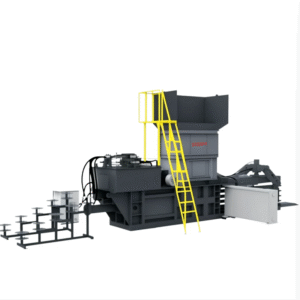

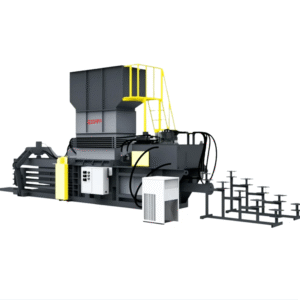
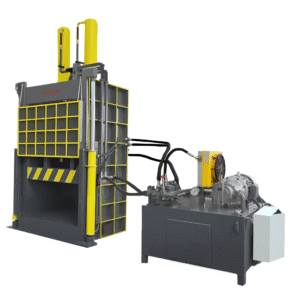
-200x45.png)